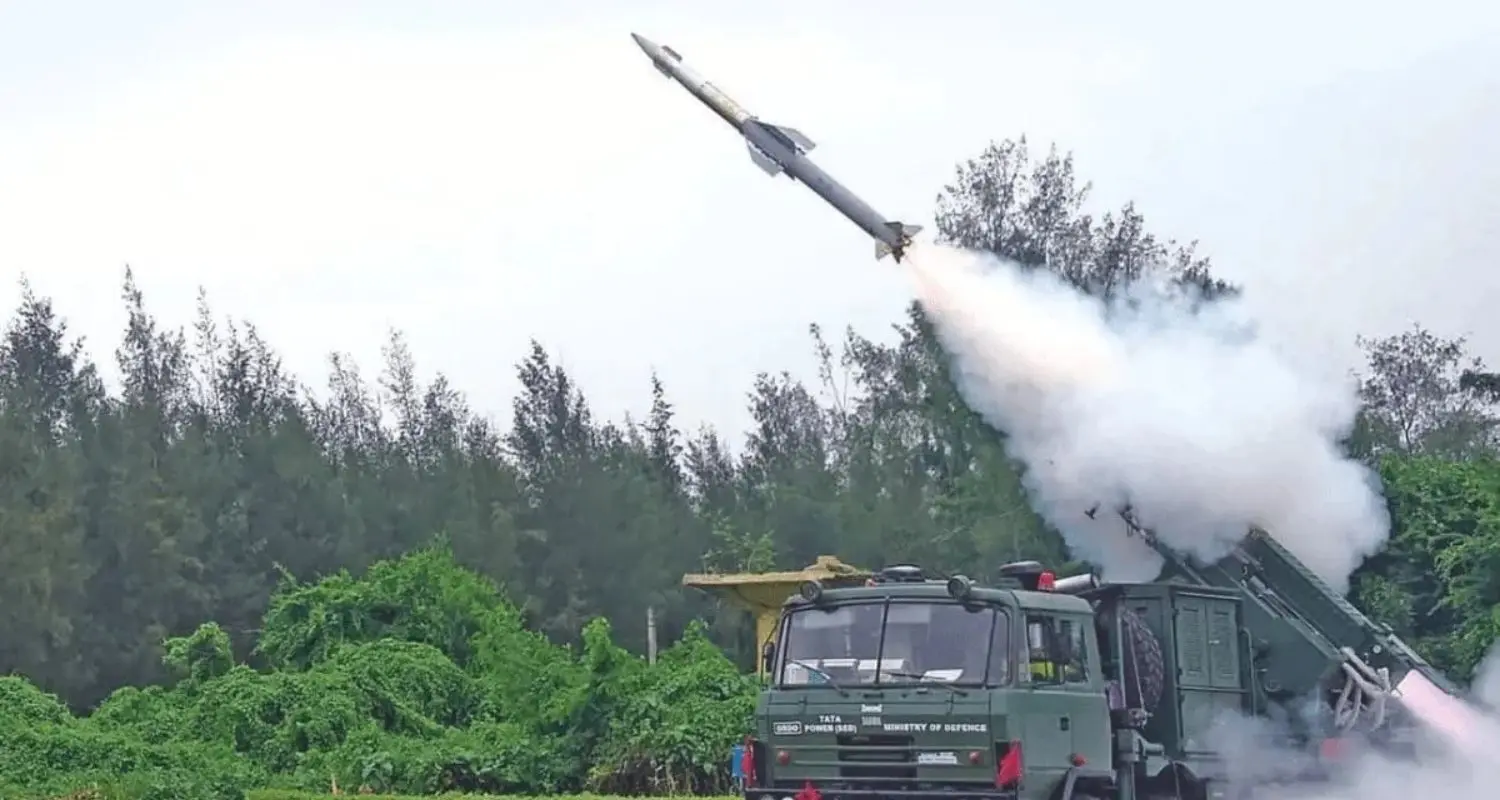Russia Launches Biggest Overnight Drone Bombardment of Ukraine in Three-Year War
In what Ukraine has described as the largest overnight drone attack since the war began in 2022, Russia launched 479…
India Marks Milestone with Keel-Laying of Fourth Next Generation Offshore Patrol Vessel
India took a major step forward in strengthening its maritime defense capabilities with the keel-laying ceremony of the fourth Next…
Army Chief General Upendra Dwivedi to Review Combined Graduation Parade of 215th Course at Air Force Academy
The Indian Air Force Academy at Dundigal is all set to host the Combined Graduation Parade (CGP) for the 215th…
Indian Army Begins 26th Kargil Vijay Diwas Celebrations to Honour Operation Vijay Heroes
The Indian Army is set to launch a nationwide commemoration to mark the 26th Kargil Vijay Diwas, honouring the courage,…
Indian Army Set to Receive Rs 30,000 Crore Boost with Indigenous QRSAM Air Defence System
The Indian Army is poised for a significant enhancement of its air defence capabilities with the impending acquisition of the…
Axiom-4 Mission Delayed to June 11, 2025 Due to Weather Conditions
The highly anticipated launch of the Axiom-4 mission, which includes India’s first astronaut to visit the International Space Station (ISS),…






